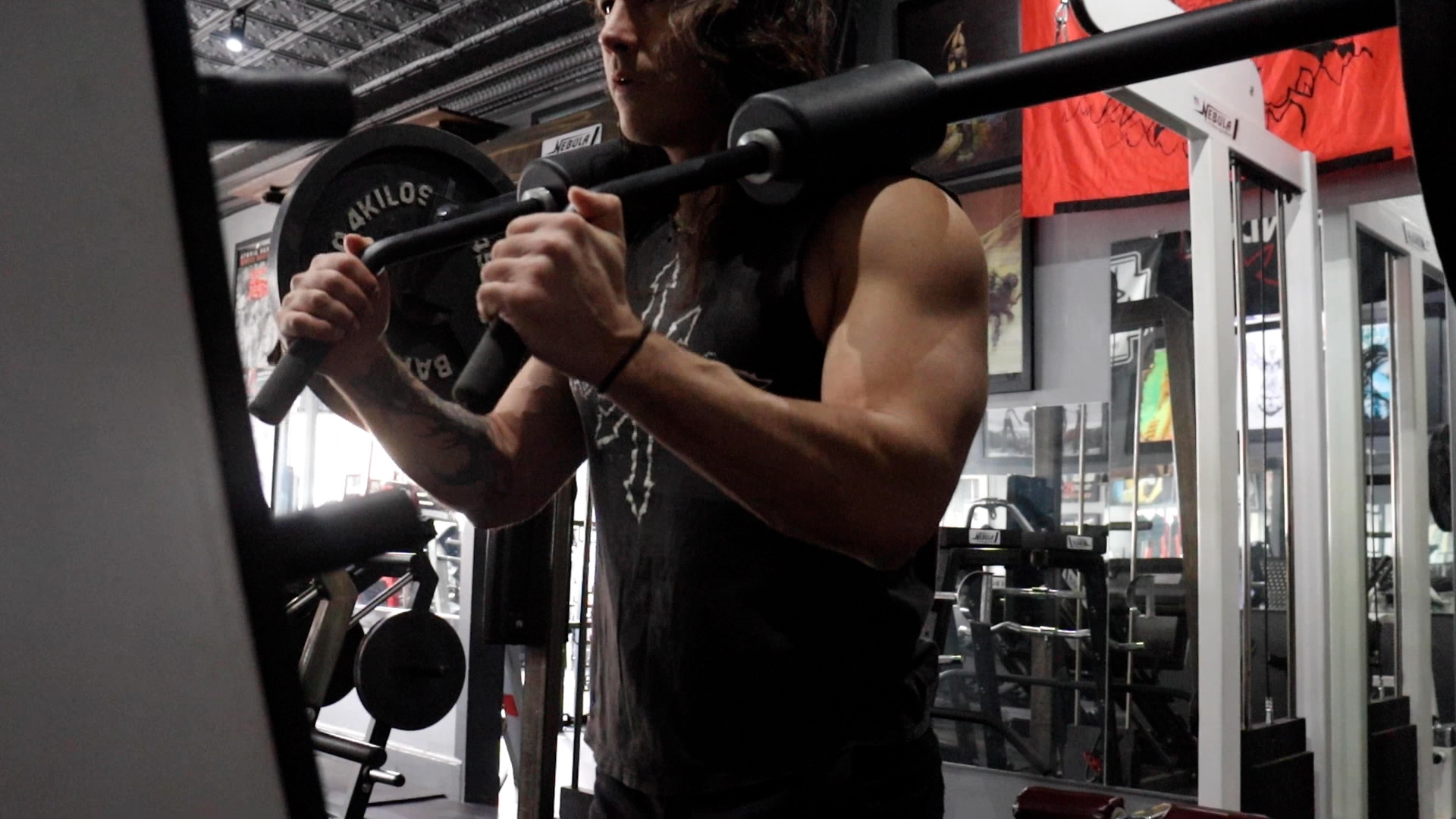
The Barbell Good Morning is a powerhouse exercise that targets the posterior chain—hamstrings, glutes, and lower back. When done correctly, it improves strength, posture, and hip hinge mechanics..

The Safety Squat Bar Good Morning is a variation of the traditional barbell good morning, but with added benefits due to the unique design of the Safety Squat Bar (SSB). This variation provides more comfort, helps improve posture, and allows for a safer movement pattern, especially for those who experience shoulder discomfort or have mobility limitations.
The SSB Good Morning is a compound movement that targets the entire posterior chain with an emphasis on the mid and lower back. The secondary muscle groups that are involved in this exercise are the glutes and hamstrings.
What makes the safety squat bar different from a regular barbell good morning is the implement itself. The safety squat barbell handles project out in front of the bar. This allows for a neutral hand position which is especially beneficial for users with upper extremity mobility issues.
Target the Posterior Chain:
The SSB good morning is a fantastic way to target the hamstrings, glutes, and lower back. These muscles are essential for athletic performance, stability, and injury prevention.
Spine-Friendly:
The Safety Squat Bar’s unique padding and angled positioning reduce the load on the shoulders and upper back, making it a great option for those who struggle with traditional barbell positioning or experience shoulder discomfort.
Improved Hip Hinge:
The SSB good morning is an excellent way to reinforce proper hip hinge mechanics. This movement helps improve your deadlift and squat form by increasing hip mobility and strength in the posterior chain.
Core Stability & Balance:
Because the SSB shifts the load forward, you’re forced to engage your core more actively to maintain a neutral spine. This helps improve your overall core stability.

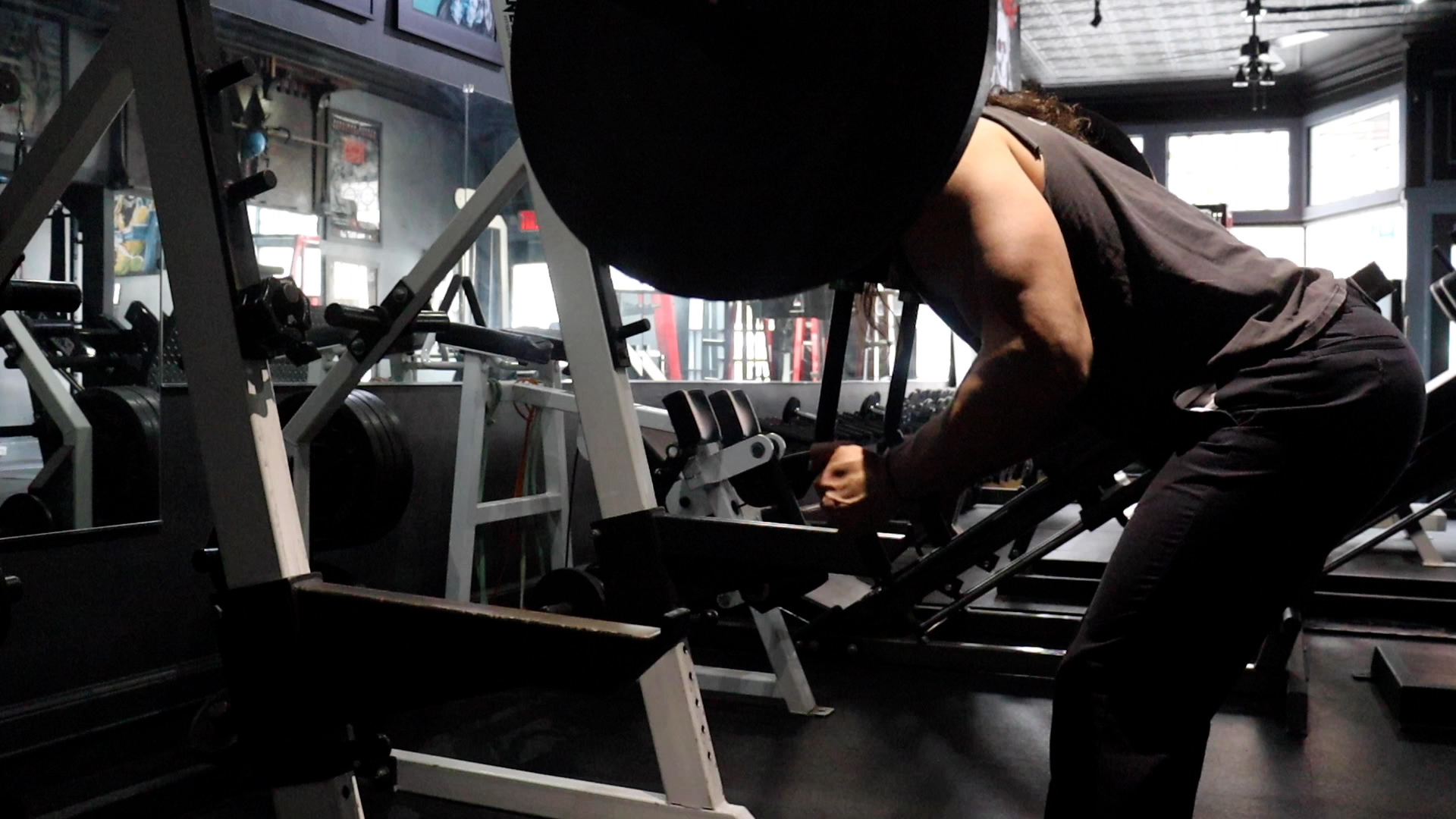
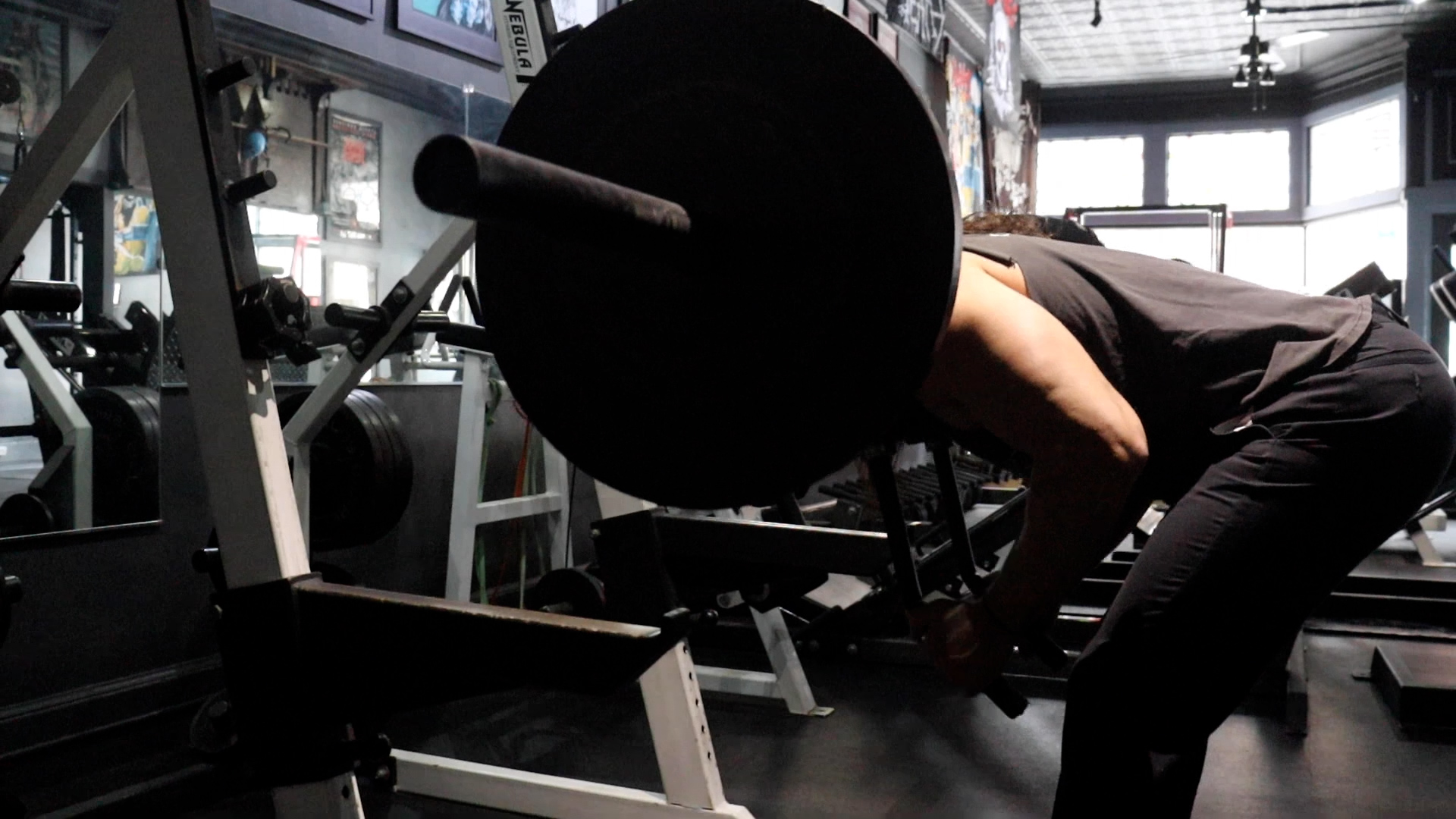
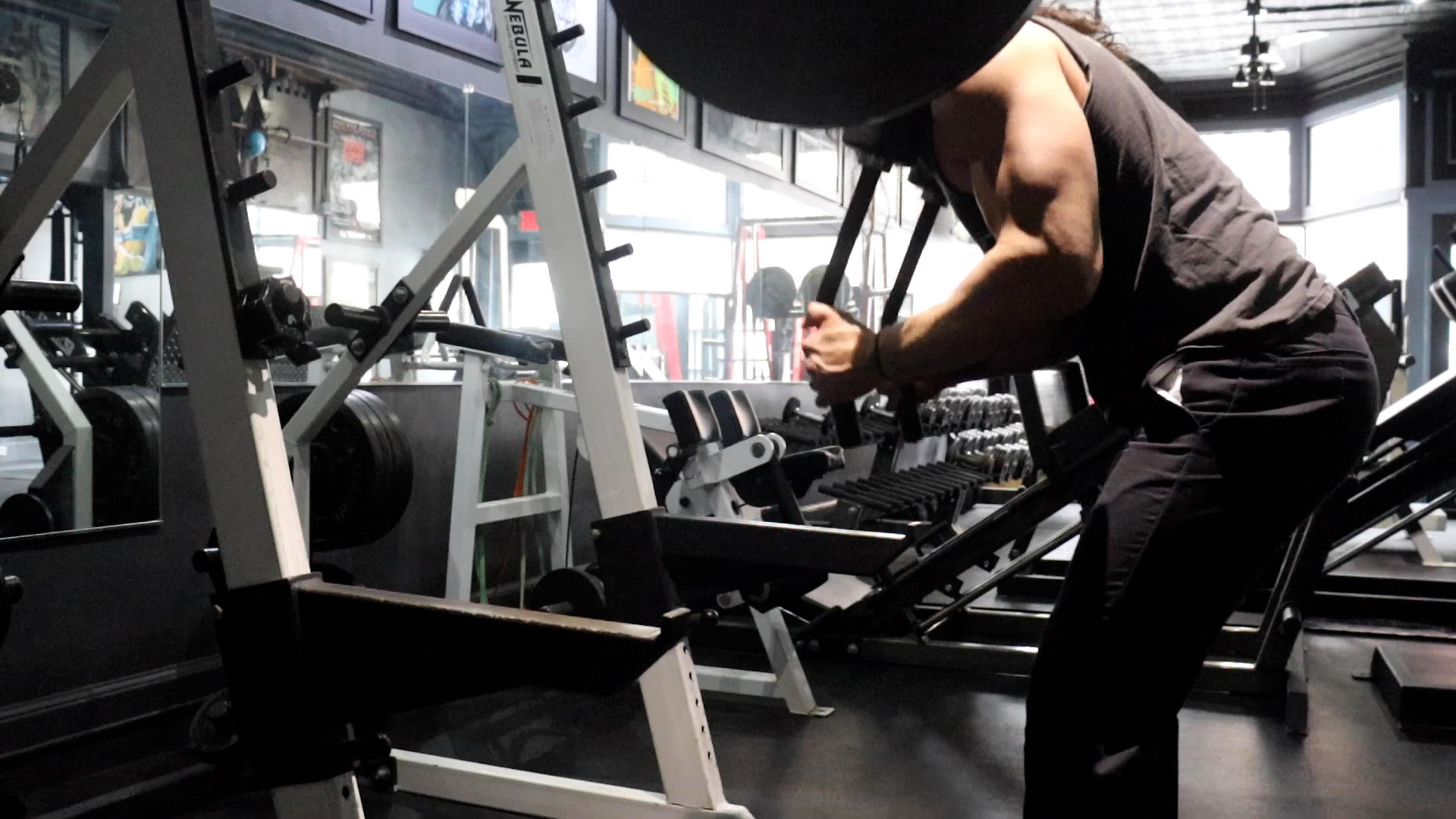
1. Set Up the Bar:
Set the Safety Squat Bar on a squat rack at about chest height.
Step under the bar, placing the padded shoulder pads across the upper traps
Grip the handles with a firm grip, elbows bent slightly. The bar will be angled forward, which helps balance the load.
2. Position Your Feet:
Stand with your feet about hip-width apart and toes pointing slightly outward.
Set your knees in a soft, slightly bent position—do not lock them out.
3. Initiate the Hinge:
Brace your core and take a deep breath. Push your hips back, not down, while maintaining a neutral spine. Your knees should stay slightly bent but do not squat.
Keep your chest tall and eyes forward to maintain a strong posture.
Lower your torso by hinging at the hips, aiming to bring your chest toward the ground while keeping the barbell over your midfoot.
4. Bottom Position:
Lower your torso until it’s about parallel to the ground (or as low as your mobility allows). Ensure your back remains neutral—avoid rounding your spine.
Engage your glutes and hamstrings at the bottom to prepare for the return movement.
5. Return to Standing:
Drive your hips forward by squeezing your glutes and pushing your hips through.
As you return to standing, keep your chest proud and avoid overextending or arching your lower back.
Focus on pushing through your heels and engaging your core as you finish the movement.
6. Breathing:
Inhale as you lower into the movement and brace your core.
Exhale as you return to standing.
Neutral Spine:
Always maintain a neutral spine throughout the movement. Do not allow your lower back to round, and keep your chest lifted.
Push the Hips Back:
Remember, this is a hip hinge, not a squat. Focus on pushing your hips back while keeping a slight bend in the knees. Your torso should lower as your hips move backward, not down.
Don’t Overextend:
When you return to standing, don’t overarch your lower back. Stand tall, but keep your pelvis tucked and avoid leaning back excessively.
Rounding the Lower Back:
One of the most common mistakes is allowing the lower back to round. Always keep your spine neutral, and do not sacrifice form for more weight.
Squatting Instead of Hingeing:
Ensure you are hinging at the hips, not squatting. If you’re bending your knees too much, you’re losing the benefits of the movement.
Using Too Much Weight Too Soon:
The Safety Squat Bar Good Morning can be tricky if you load up too much weight early on. Start light to master the movement pattern, then gradually increase the load.
Warm Up Properly:
Spend 5-10 minutes warming up the hips, hamstrings, and lower back before performing the movement.
Use Spotters or Safety Bars:
If you’re lifting heavy, always have spotters or use safety bars in the squat rack to avoid injury.
Listen to Your Body:
If you experience pain (especially in the lower back), reassess your form or reduce the load. It’s better to be cautious than to risk injury.
Build A Stronger BACK
Bodyweight Version:
Before adding weight, practice the movement with just your bodyweight to master the hinge and posture.
Lighter Weight, Higher Reps:
Focus on volume with lighter weights to build endurance in the posterior chain and develop good form.
Add Resistance Bands:
Once you’re comfortable, you can add bands for increased tension at the top of the movement, which can help increase muscle activation in the glutes and hamstrings.
Increase Load Gradually:
Slowly add weight as your form and comfort level improve. You can also incorporate heavier sets for lower reps to build strength in the posterior chain.
The Barbell Good Morning is a powerhouse exercise that targets the posterior chain—hamstrings, glutes, and lower back. When done correctly, it improves strength, posture, and overall lifting mechanics. Here’s how to do it right and maximize its benefits.

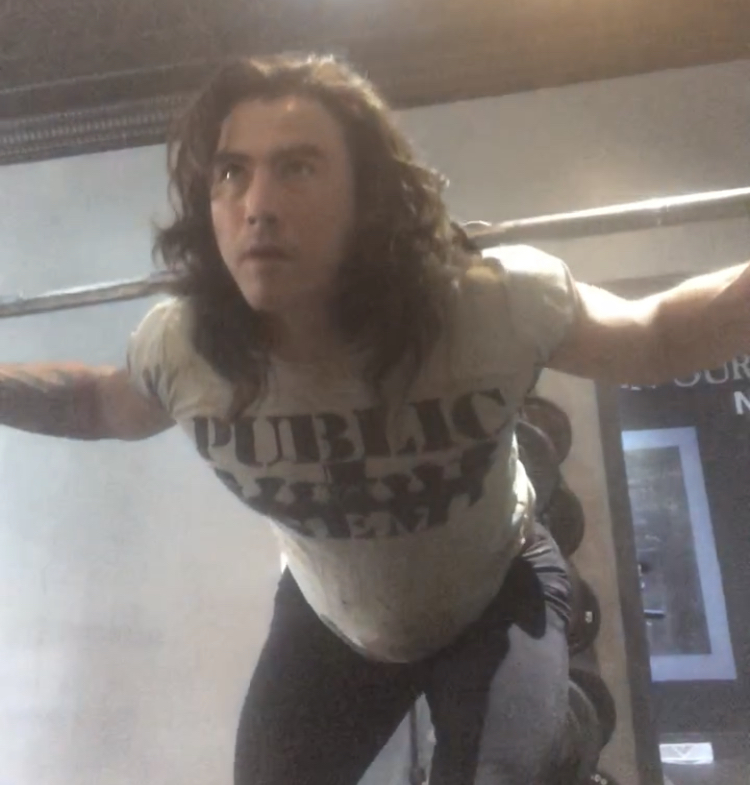
Posterior Chain Development:
The good morning is an excellent way to build strength and muscle in your hamstrings, glutes, and lower back—all essential for better athletic performance and injury prevention.
Improved Hip Hinge Pattern:
This exercise helps you refine your hip hinge, a critical movement in lifts like deadlifts and squats. Mastering this pattern leads to better form and more efficient lifting.
Core Stability:
Keeping a neutral spine throughout the movement challenges your core, improving overall stability and strength.
Injury Prevention:
Strengthening the muscles of the posterior chain can reduce the risk of lower back injuries, a common issue for lifters.
1. Set Up:
Position the barbell on a squat rack around chest height.
Step under the bar, placing it across your upper traps. Grip the bar slightly wider than shoulder-width.
Stand with feet hip-width apart, toes pointing slightly outward.
2. The Hinge:
Take a deep breath, brace your core, and push your hips back—not down—keeping a slight bend in your knees.
Lower your torso by hinging at the hips, not by bending your knees. Maintain a neutral spine (don’t round your back).
Go as low as your mobility allows, ideally until your torso is parallel to the floor.
Keep the bar over your midfoot, chest lifted, and eyes forward.
3. Return to Standing:
Once at the bottom, drive your hips forward and squeeze your glutes to return to standing.
Don’t overextend your lower back at the top—keep your spine neutral.
4. Breathing:
Inhale before you lower the bar and brace your core. Exhale as you return to standing.
Neutral Spine: Protect your back by keeping your spine straight throughout the movement. Focus on hinging at the hips, not rounding your lower back.
Hinge, Don’t Squat: It’s all about the hips. Avoid bending your knees too much—this is a hip-dominant movement, not a squat.
Start Light: If you’re new to the movement, start with light weight to focus on form. Gradually increase weight as you get comfortable.
Rounding the Back: Keep a neutral spine throughout the exercise. Don’t let your back curve as you hinge.
Excessive Knee Bend: Remember, this is a hip hinge, not a squat. A slight bend in the knees is fine, but your focus should be on driving your hips back.
Hyperextension at the Top: Don’t overarch your lower back at the top of the movement. Stand tall, but keep your core engaged and avoid leaning back.
Bodyweight Version: If you’re new to the movement, start with just your bodyweight to master the hinge pattern.
Dumbbells or Bands: Add dumbbells or resistance bands to increase intensity as you become more proficient.
Heavy Loading: Once you’ve perfected your form, gradually increase the weight to build strength and power.

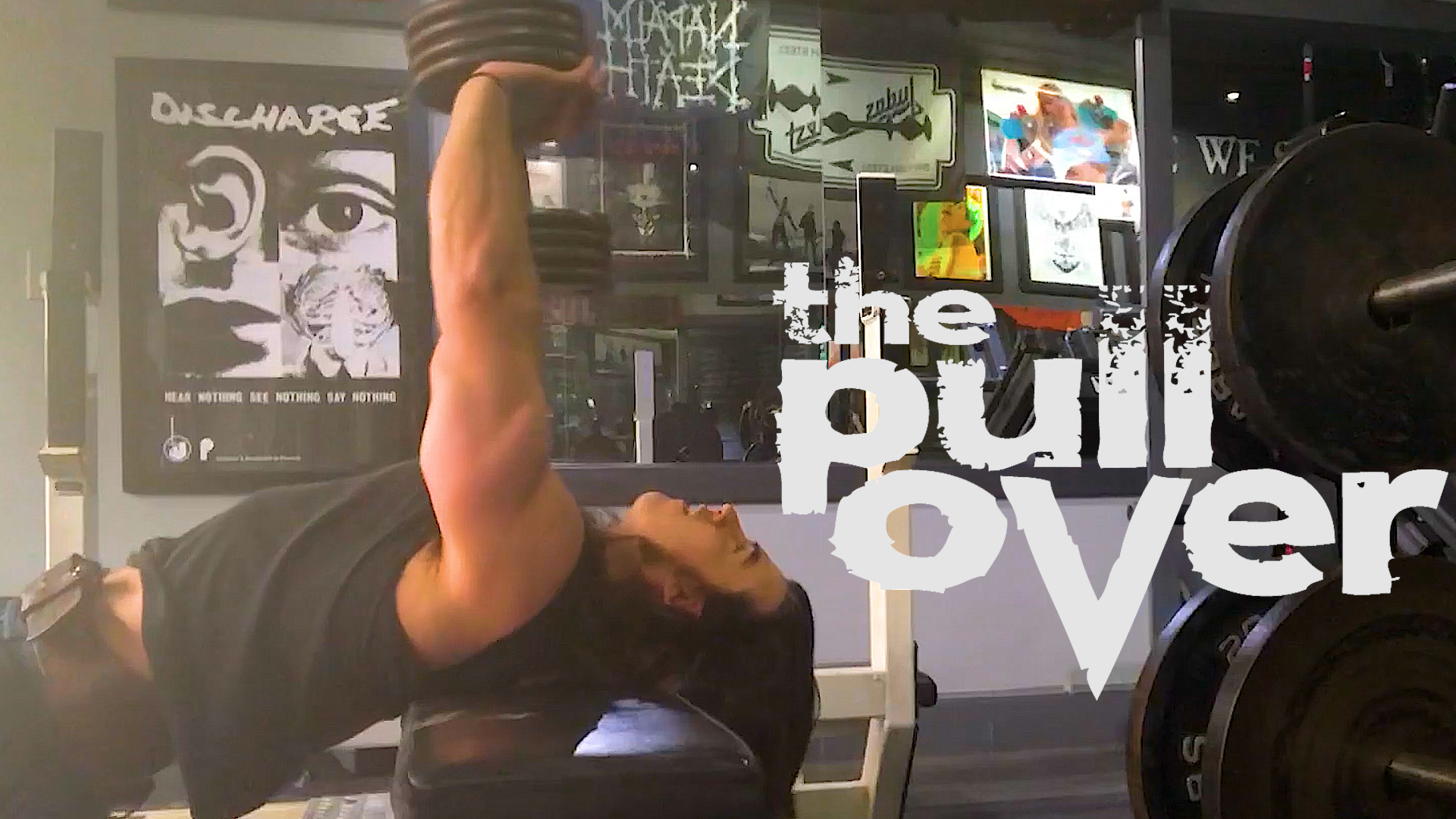
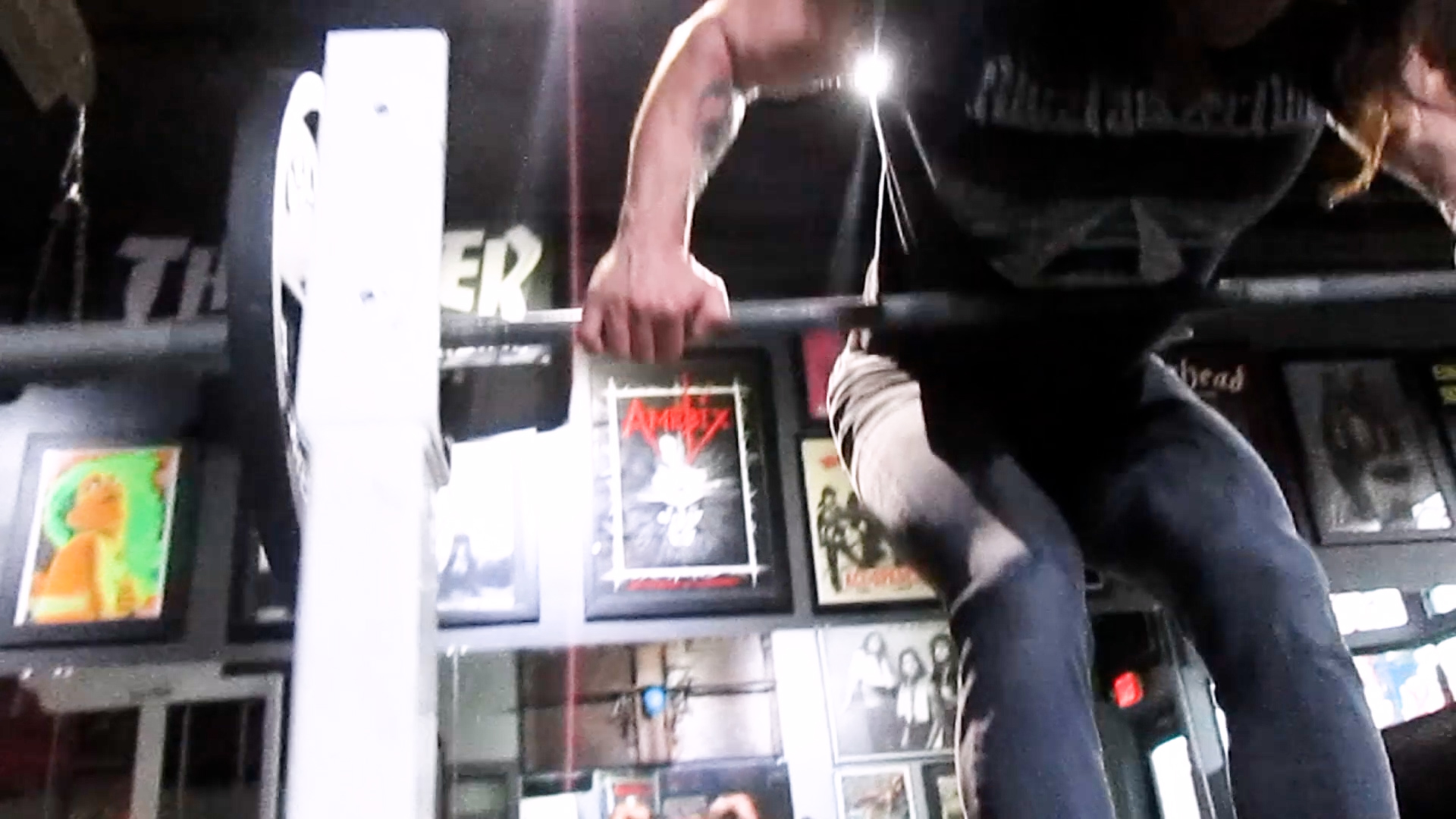
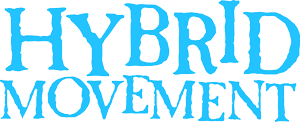
An Alternative Resource for Strength and Conditioning
2025 © Hybrid Movement LLC